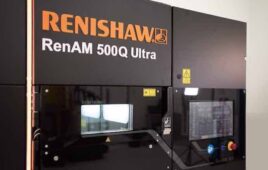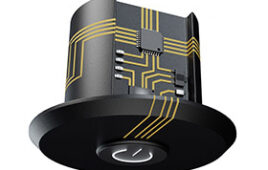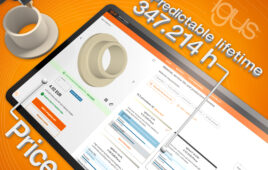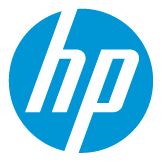Sometimes it is not just the motor specifications that dictate the choice for a particular application. When the operational environment is specific to the application, it affects the selection process and possibly suggests a semicustom solution.

The XM200C metal 3D printer, from Xact Metal, uses a fiber laser to selectively melt thin layers of metal powder one at a time to “grow” parts directly from a 3D CAD model.
Xact Metal in State College, PA, designs and manufactures accessible metal powder-bed fusion (direct metal laser sintering) 3D printers for industry. The goal is not only an accessibly system, but one that can provide large build volumes while maintaining a small footprint—not an easy task, but a worthy one.
The company’s first high-precision 3D metal printer, the XM200C, uses a fiber laser to selectively melt thin layers of metal powder one at a time to “grow” parts directly from a 3D CAD model. The design of the 3D printer has reduced total cycle time by nearly 50%, and removes the need for wash/debinder and sintering/oven equipment often required in metal additive manufacturing. Xact Metal’s Xact Core gantry system is the heart of the 3D printer.
The designers of the XM200C recognized that they needed quality components that would last a long time. For example, the recoating operation of the print process, which is when the powder layer is wiped across the sintering platform so that it’s ready for the next fiber laser pass, is a critical step. Although speed and precision are not the number one factors required in the specifications for the motors used, environmental conditions created its own critical needs.
The wiping action is performed using a gantry system in an X-axis only operation. The stepper motors used at both ends are synced and operated in an open loop configuration. Proximity sensors are used in the event of a jam or mid-operation failure. The motors had to work under harsh and abusive conditions, which meant that they had to be sealed to IPX standards. The company selected two Lin Engineering IPX7 stepper motors for this operation.

The IPX7 rated stepper motors are durable and operate under extreme environmental conditions including rain, dust, or even under water. For Xact Metal, the units were continually open to an abusive environment of metal powders.
The IPX7 rated stepper motors are not only durable, they operate under extreme environmental conditions including rain, dust, or even under water. For Xact Metal, the units were continually open to an abusive environment of metal powders. According to Jonathon Hollahan, VP Engineering on the XM200C project, “We have not changed out one of these motors since we started using them in testing. The full ingress protection was a necessary characteristic we needed.”
For the Z-axis (build platform) and powder feed piston—used to transfer the powder from the feed platform to the build platform—the engineering team needed a non-captive linear actuator to drive the cylinders up and down. This sounds like a simple operation, but these actuators were under more demanding, heavy-duty, conditions than other components in the system. This required them to be more accurate in operation with movements in the 20-micron incremental range.
The project’s needs could not be met using off-the-shelf components, so when Jonathon and his team went to Lin Engineering for a solution, it was necessary to provide a semi-custom unit. Most components reviewed for this operation were lubricated using grease, which actually made things worse by attracting particles and causing routine component failures.
The final selection made by the Xact Metal engineering team for this operation included a Teflon coated, dry lubricated, lead screw so that it would operate more smoothly in the dusty and dirty environment. The Lin Engineering linear actuator, LN17LT comes in a NEMA 17 frame size with up to 90 oz-in. (0.636 Nm) of holding torque. Users get to select their winding as well as customize the leadscrew. In the case of the XM200C, Xact Metal was also able to request additional modifications to suit their exact needs.

The Xact Metal engineering team chose a Teflon coated, dry lubricated, lead screw so that it would operate more smoothly in the dusty and dirty environment. The Lin Engineering linear actuator, LN17LT comes in a NEMA 17 frame size with up to 90 oz-in. (0.636 Nm) of holding torque. Users get to select their winding as well as customize the leadscrew.
The right stepper motors and right linear actuator for the XM200C are only two of the many components that went into the system to provide high quality and long life to the system.
Lin Engineering
www.linengineering.com
Filed Under: 3D printing • additive • stereolithography, Motors • stepper






Tell Us What You Think!